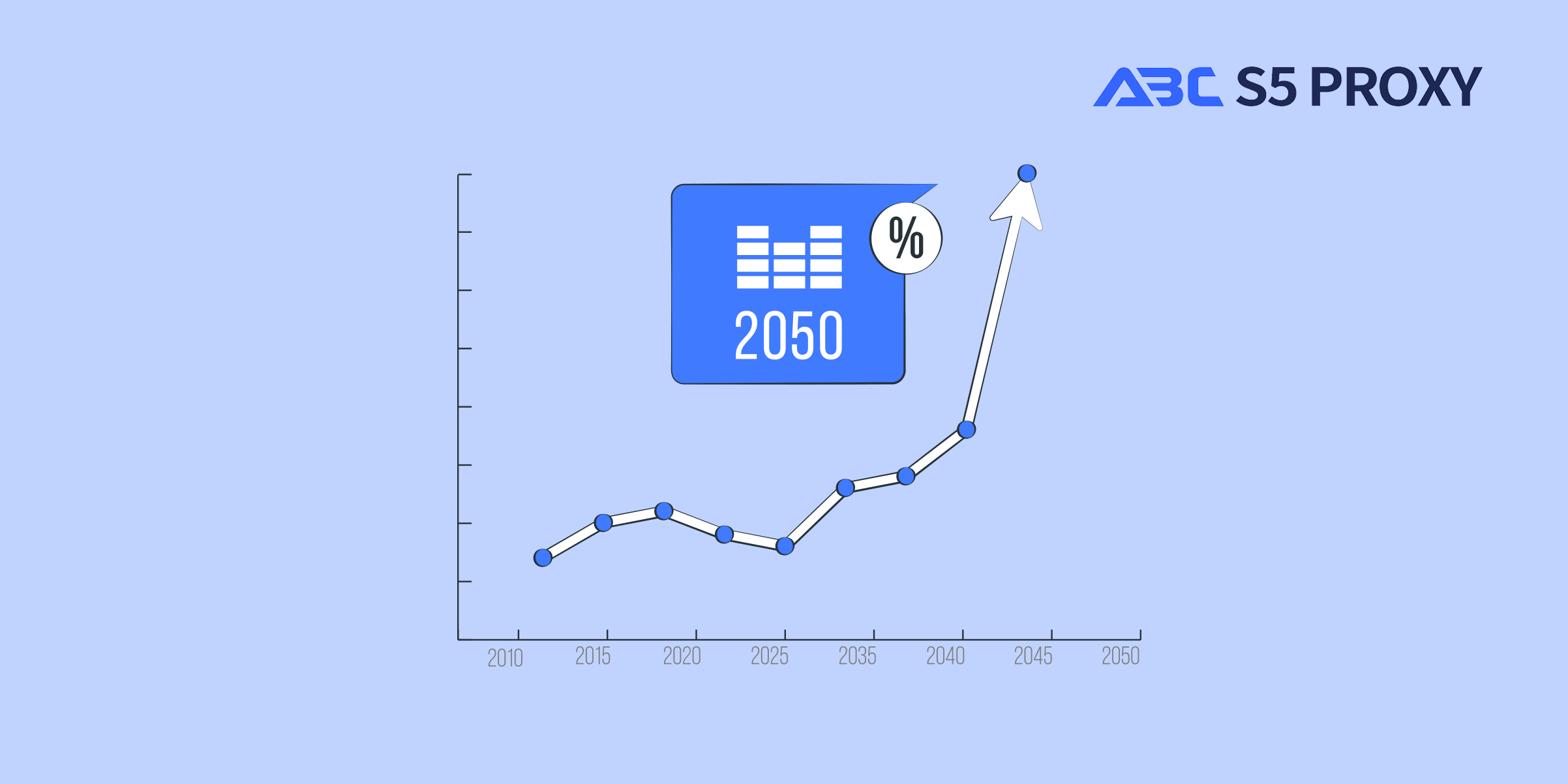Residential Proxies
Allowlisted 200M+ IPs from real ISP. Managed/obtained proxies via dashboard.

Proxies
Residential Proxies
Allowlisted 200M+ IPs from real ISP. Managed/obtained proxies via dashboard.
Residential (Socks5) Proxies
Over 200 million real IPs in 190+ locations,
Unlimited Residential Proxies
Use stable, fast, and furious 700K+ datacenter IPs worldwide.
Static Residential proxies
Long-lasting dedicated proxy, non-rotating residential proxy
Dedicated Datacenter Proxies
Use stable, fast, and furious 700K+ datacenter IPs worldwide.

Web Unblocker
View content as a real user with the help of ABC proxy's dynamic fingerprinting technology.
Proxies
API
Proxy list is generated through an API link and applied to compatible programs after whitelist IP authorization
User+Pass Auth
Create credential freely and use rotating proxies on any device or software without allowlisting IP
Proxy Manager
Manage all proxies using APM interface

Proxies
Residential Proxies
Allowlisted 200M+ IPs from real ISP. Managed/obtained proxies via dashboard.
Starts from
$0.77/ GB
Residential (Socks5) Proxies
Over 200 million real IPs in 190+ locations,
Starts from
$0.045/ IP
Unlimited Residential Proxies
Use stable, fast, and furious 700K+ datacenter IPs worldwide.
Starts from
$79/ Day
Rotating ISP Proxies
ABCProxy's Rotating ISP Proxies guarantee long session time.
Starts from
$0.77/ GB
Static Residential proxies
Long-lasting dedicated proxy, non-rotating residential proxy
Starts from
$5/MONTH
Dedicated Datacenter Proxies
Use stable, fast, and furious 700K+ datacenter IPs worldwide.
Starts from
$4.5/MONTH
Knowledge Base
English
繁體中文
Русский
Indonesia
Português
Español
بالعربية

Understanding DNS Leak and Proxy
In today's digital age, online privacy and security have become paramount concerns for internet users. One common vulnerability that many people may not be aware of is a DNS leak. Understanding what a DNS leak is and how to fix it, especially in the context of using a proxy, is essential for safeguarding your online activities.
DNS, or Domain Name System, is like the phonebook of the internet, translating domain names into IP addresses to locate resources online. When you type a website address into your browser, your device queries a DNS server to find the corresponding IP address. However, sometimes this process can be compromised, leading to a DNS leak.
Proxies act as intermediaries between your device and the internet, masking your IP address and routing your traffic through a different server. While proxies can enhance privacy and security, they may not always prevent DNS leaks.
When using a proxy, your DNS queries could still bypass the proxy server and go directly to your ISP's DNS servers, resulting in a DNS leak. This can reveal the websites you visit and compromise your online privacy.
To address DNS leaks when using a proxy, you can follow these steps:
1. Configure Proxy Settings Properly
Ensure that your proxy settings are correctly configured to handle DNS queries. Some proxy services offer built-in DNS leak protection features that redirect all DNS requests through the proxy server.
2. Use a Proxy with DNS Leak Protection
Opt for a proxy service that includes DNS leak protection to prevent your DNS queries from bypassing the proxy server. This feature ensures that all your internet traffic, including DNS requests, is routed through the proxy for enhanced privacy.
3. Disable IPv6
Disable IPv6 on your device to prevent potential DNS leaks. Some proxies may not support IPv6, leading to DNS queries leaking outside the proxy tunnel. Disabling IPv6 can help mitigate this risk.
4. Conduct DNS Leak Tests
Regularly perform DNS leak tests to detect any potential leaks in your connection. Various online tools are available to help you assess the integrity of your DNS queries and identify any leaks that need to be addressed.
In conclusion, understanding the concept of DNS leaks and their implications when using a proxy is crucial for maintaining online privacy and security. By following the recommended steps to fix DNS leaks when using a proxy, you can mitigate the risk of exposing your browsing activity to unauthorized parties. Stay vigilant, utilize secure proxy services with DNS leak protection, and prioritize safeguarding your online data.
Featured Posts
Popular Products
Residential Proxies
Allowlisted 200M+ IPs from real ISP. Managed/obtained proxies via dashboard.
Residential (Socks5) Proxies
Over 200 million real IPs in 190+ locations,
Unlimited Residential Proxies
Use stable, fast, and furious 700K+ datacenter IPs worldwide.
Rotating ISP Proxies
ABCProxy's Rotating ISP Proxies guarantee long session time.
Residential (Socks5) Proxies
Long-lasting dedicated proxy, non-rotating residential proxy
Dedicated Datacenter Proxies
Use stable, fast, and furious 700K+ datacenter IPs worldwide.
Web Unblocker
View content as a real user with the help of ABC proxy's dynamic fingerprinting technology.
Related articles

Leveraging Proxies in Real Estate: Maximizing Opportunities
Harnessing proxies in real estate can revolutionize your market research. Discover how using proxies can provide valuable insights and a competitive edge in the real estate industry. Unlock new opportunities today.

Prevent DNS Leaks with Proxy: Your Ultimate Solution Guide
Learn how to fix a DNS leak and protect your online privacy with proxies. Discover what a DNS leak is and how to prevent it. Stay secure online.

Enhancing Your Data Scraping Efforts with Instant Proxy Support
Are you looking for a fast and efficient way to scrape data from the web? Look no further than an instant data scraper with proxy capabilities. This powerful tool allows you to collect data from websites quickly and easily, all while staying anonymous and protecting your privacy with the help of proxies. With an instant data scraper and proxy combo, you can gather valuable information for your projects or research without any hassle. Say goodbye to manual data collection and hello to a streamlined and effective solution.